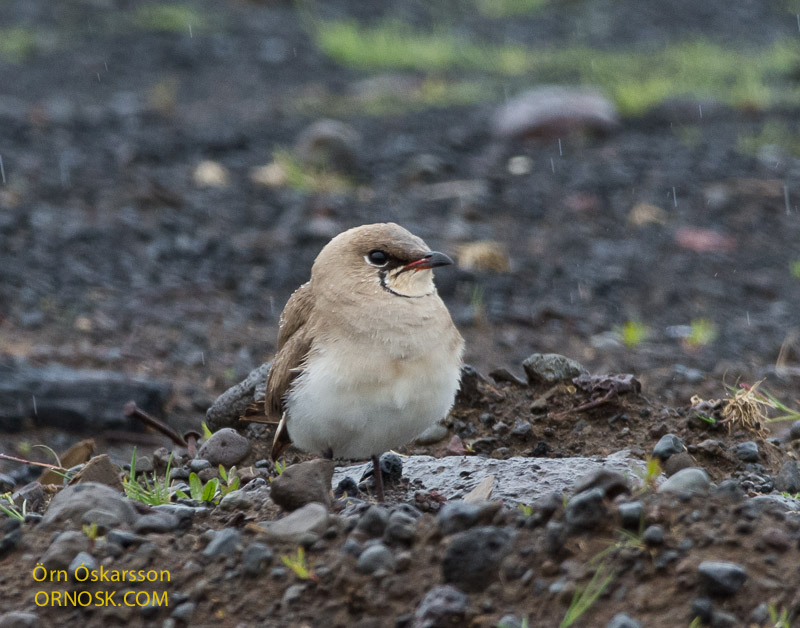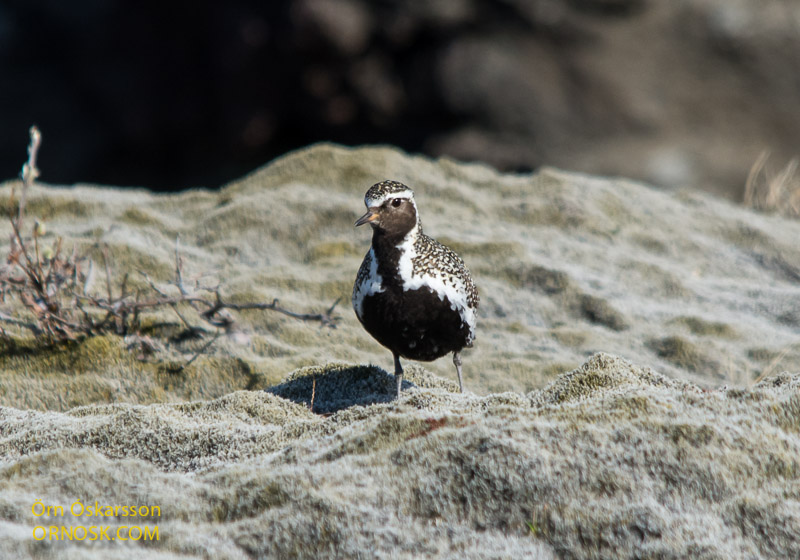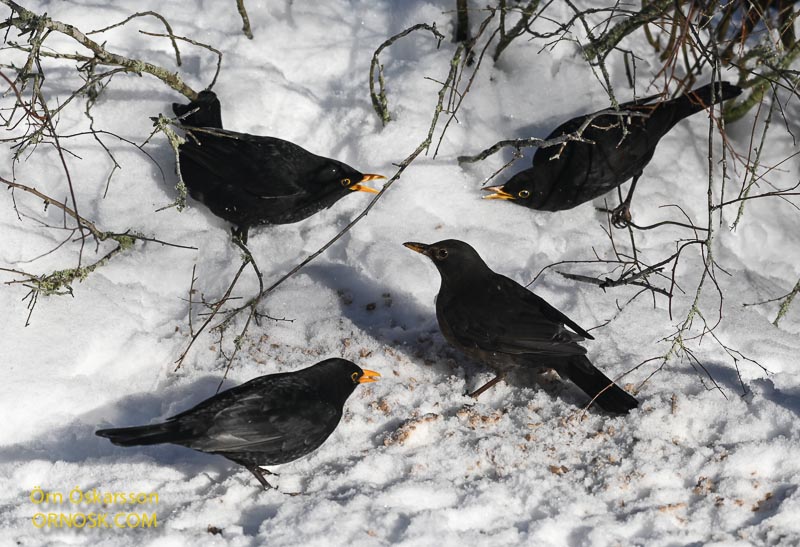
A Great White Egret was by Markarfljót, near Seljalandsfoss, for about two weeks in the beginning of April. The Great White Egret is tall with a long neck and long feet. It has lacy, delicate plumes on its back that curl over its tail. It is a majestic bird, unliked anything we are used to.
This Great White Egret seemed to be in its ideal surroundings by the road near Markarfljót where it frequently caught small fish in the creeks and ponds that do not freeze over. It stayed calm despite the traffic and just kept on fishing as if it didn’t have a care in the world.
Great White Egrets are rare vagrants in Iceland. This is the ninth bird for Iceland and the last one spotted here in 2016. This Egret probably came from its breeding grounds in the Mediterranean where it can be found in all types of wetlands and by the shore.
In the last few days a Great White Egret has been spotted in several places in Reykjanes Peninsula. It might well be the same bird.



























